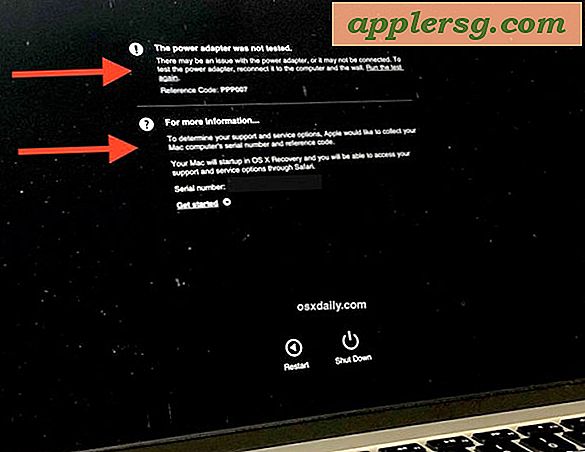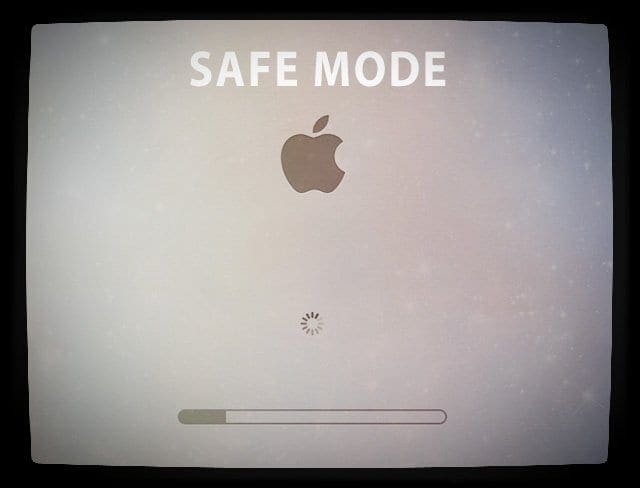

- MAC DIAGNOSTIC BOOT HOW TO
- MAC DIAGNOSTIC BOOT INSTALL
- MAC DIAGNOSTIC BOOT MANUAL
- MAC DIAGNOSTIC BOOT MAC
So, the best thing to do would be to make a copy of this invisible folder (personally, I zipped it and stored it on an external hard drive), in order to be able to restore it if you reinstall OS X (which also updates the recovery partition, removing the ".diagnostics" folder) when restoring it, also remember to restore the original permissions for the ".diagnostics" folder and its contents: i.e., essentially, root read-write, wheel read-only and everyone read-only. On newer Macs (which shipped with Mavericks), Apple Diagnostics initially is on the Recovery HD so, after mounting it with: I just want to make sure, as I had not heard of that memory company before and the price was incredible ($139 shipped, no tax for BOTH from a seller on Amazon). I would really like to check my 2x8GB RAM chips, which, thus far, work perfectly fine and show up correctly everywhere they should, including System Info/Profiler, "About this Mac", iStat Menus, Activity Monitor, and a few others.
MAC DIAGNOSTIC BOOT MANUAL
I did make myself my own USB restore flash drive, however, and I also have the Recovery HD partition unhidden, mounted, but I just cannot seem to locate this ".diagnostics".folder(is it?) or is it a pkg or a file? :-( System files are also visible, so I did some manual searching for the elusive diagnostic "something-or-other".
MAC DIAGNOSTIC BOOT HOW TO
It is probably a good idea to copy AHT to the Recovery HD, regardless of the encryption status of your root volume, but I haven't tested if the firmware finds AHT there when the partition is not the first HFS+ volume on your primary disk.Ĭuriously, one can boot the recovery system, but not AHT, when the firmware password is set.Īlright, I still don't understand how to find either the "Holding the D" function and/or some other utility (3rd party or Apple) for those of us who have a (Late-2011) MacBook Pro!? No disks, just a useless SuperDrive and no USB stick either. diagnostics folder to /Volumes//System/Library/CoreServices.Īfter that, you can boot to AHT by holding D, like on unencrypted systems.


If your system for some reason does not have the recovery system, but you encrypted the root volume, the partition will be named "Boot OS X".Įither way, just mount this hidden partition ("diskutil mount Recovery\ HD" or "diskutil mount Boot\ OS\ X") and then copy the. diskutil list will confirm there is this hidden partition called "Recovery HD". If your system has the recovery system (and most Lion installs should have), it and the booter share a partition after your root volume. On encrypted systems, there is a small booter partition which contains the EFI application that asks for your password, loads the kernel from the booter partition and once the kernel found and unlocked your encrypted volume, system startup continues as usual.
MAC DIAGNOSTIC BOOT INSTALL
So, insert your install disk and open Terminal. If you're not sure if a disk will work for you, try the hint anyway, it won't harm your computer. In any event, try to use the most recent disk that would work with your computer.
MAC DIAGNOSTIC BOOT MAC
If your Mac is old enough, you may even have success with a Leopard install disk. If it's an original Snow Leopard disk, that's older than Oct 2009, or if it's a more recent one, older than 10.6.3. For this to work your Mac model will need to be older than that install disk, that's when it was introduced, not when you bought it. Or you an use a Snow Leopard install disk. NOTE: It's best if you use the install discs specific to each Mac you have to guarantee AHT will work. To find out which it is for your model go here. Note this may be the 'Applications' Disk, and not the primary install disk. Use the install disk that came with you Mac. Fortunately, it's an easy feature to restore.įirst, you need an install disk.

Apple now recommends you simply use the disks that came with your Mac. Unless you have a Mac released after July 20, 2011, Lion removes the ability to hold 'D' at startup to boot into Apple hardware test.


 0 kommentar(er)
0 kommentar(er)
